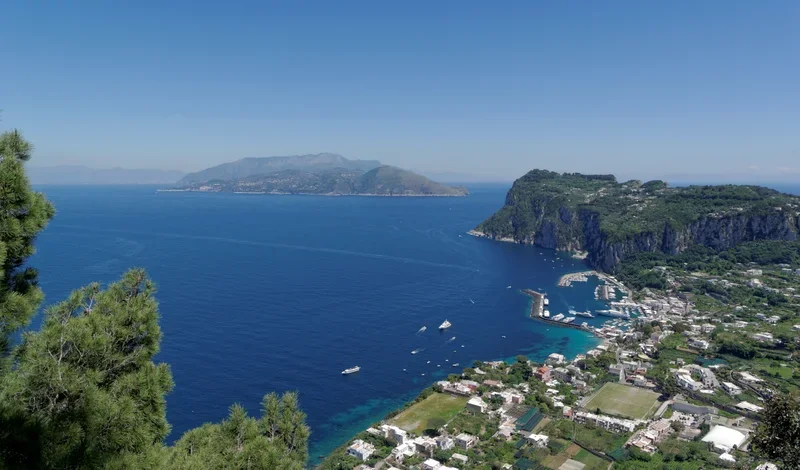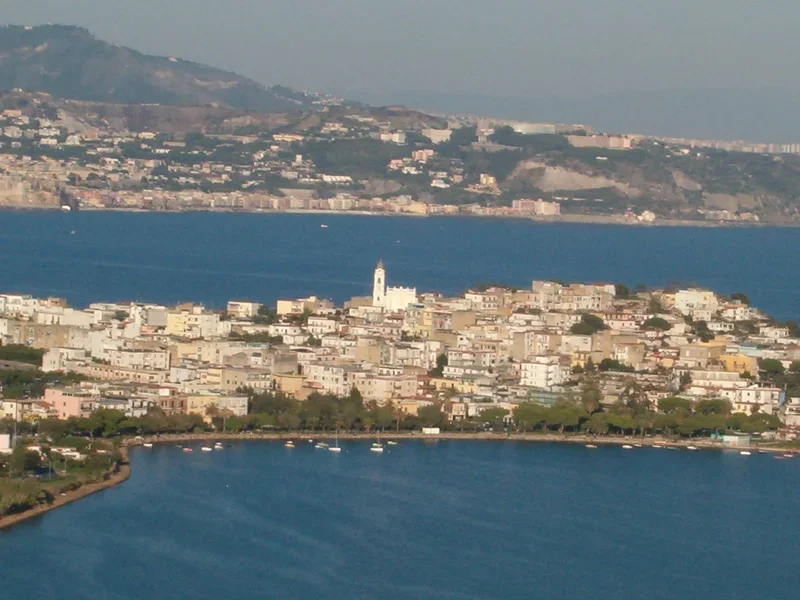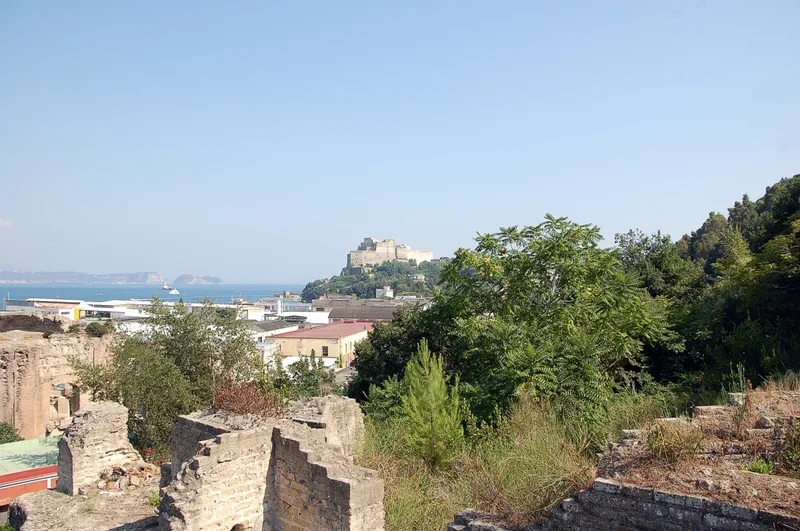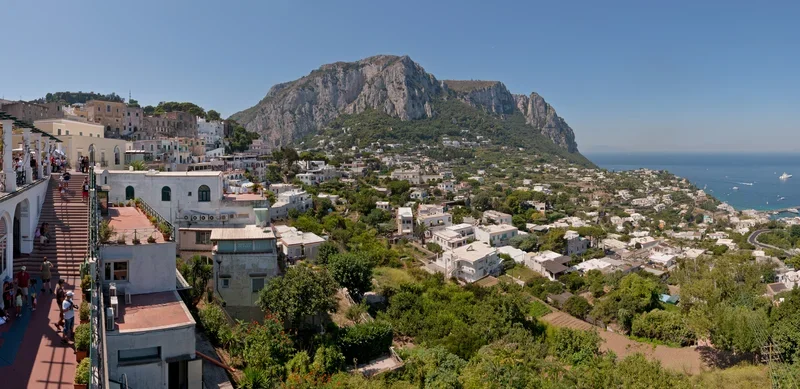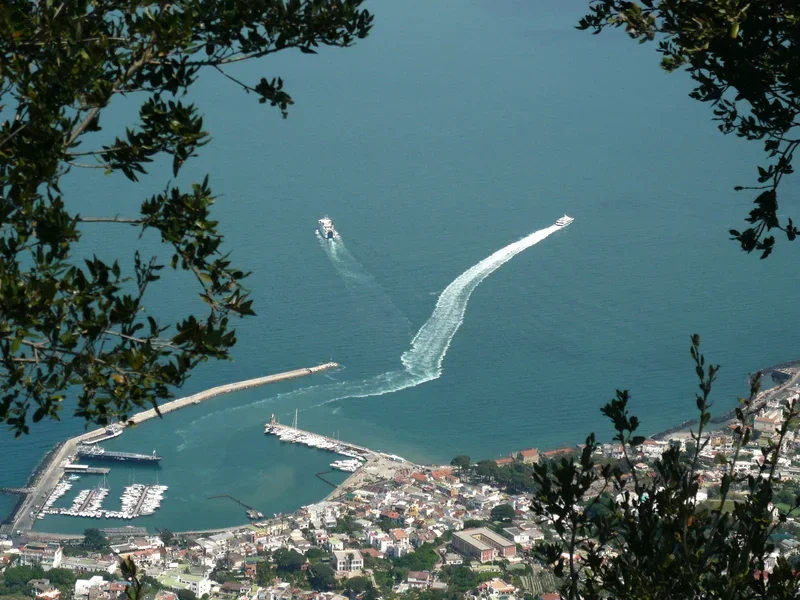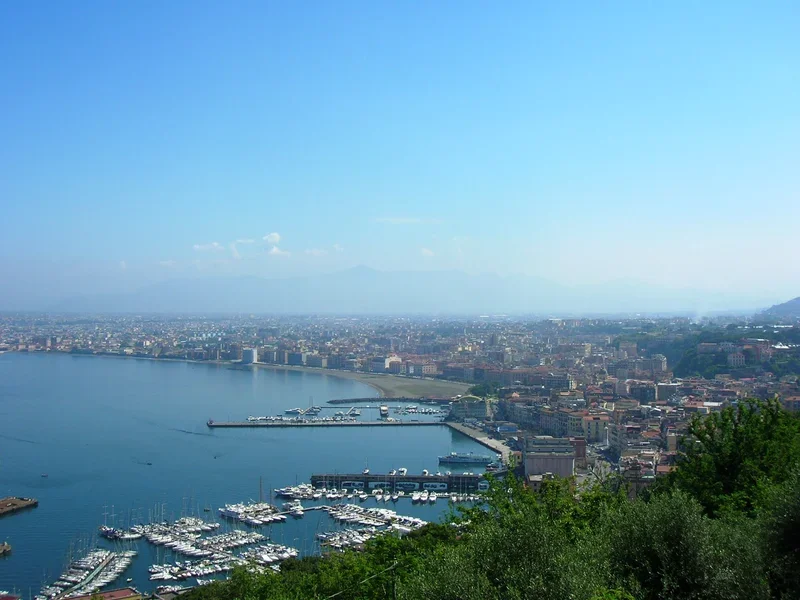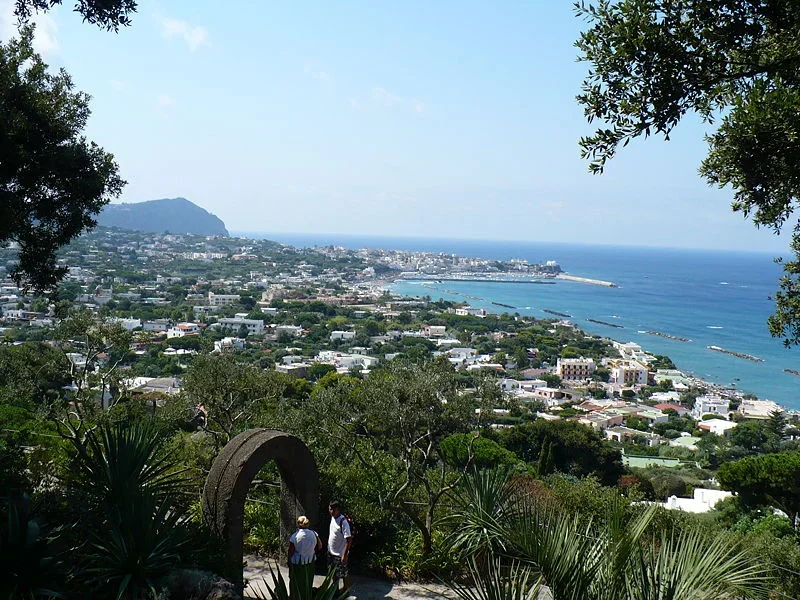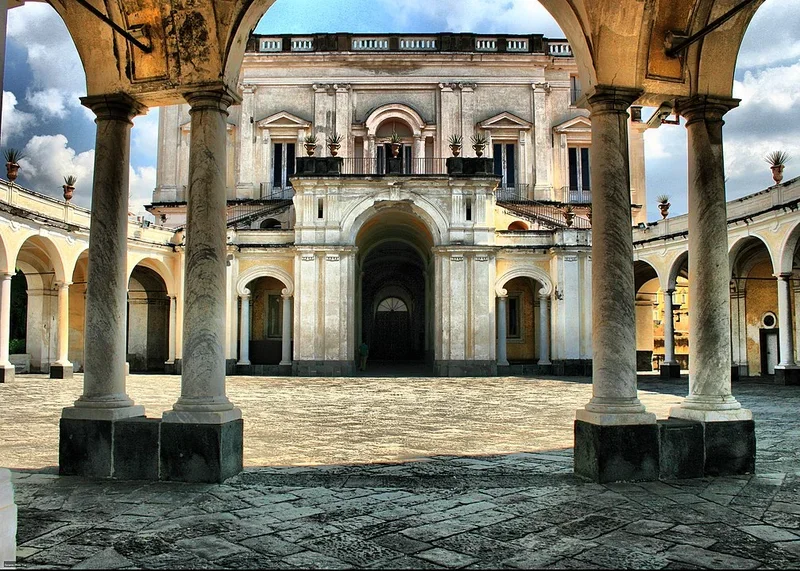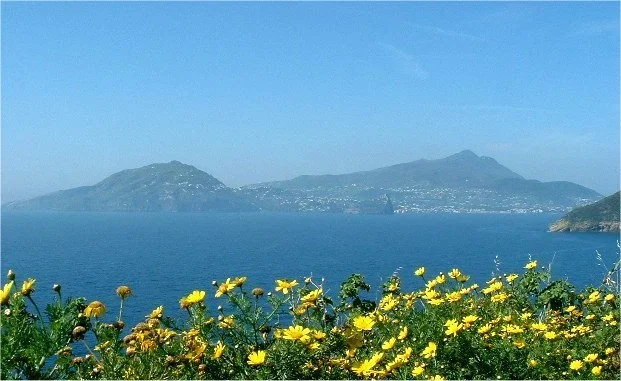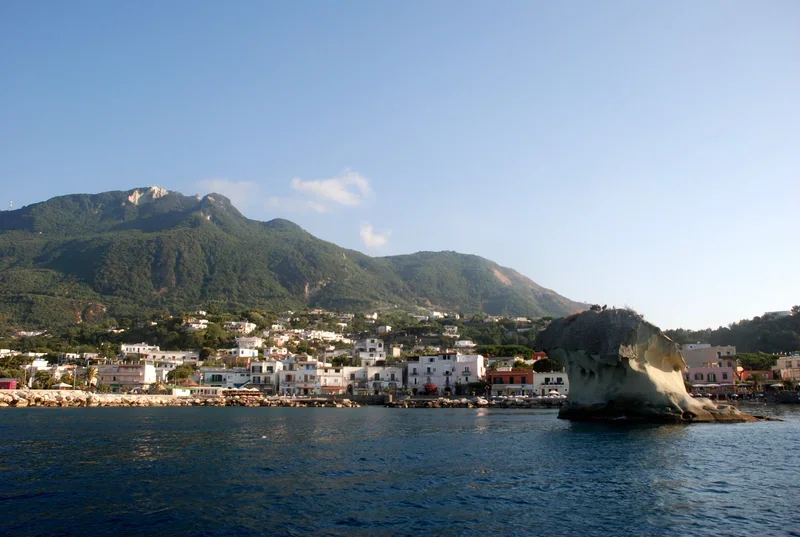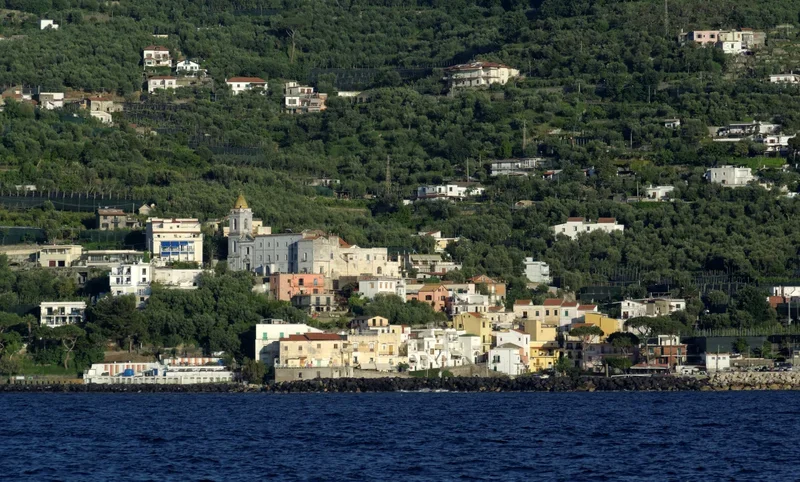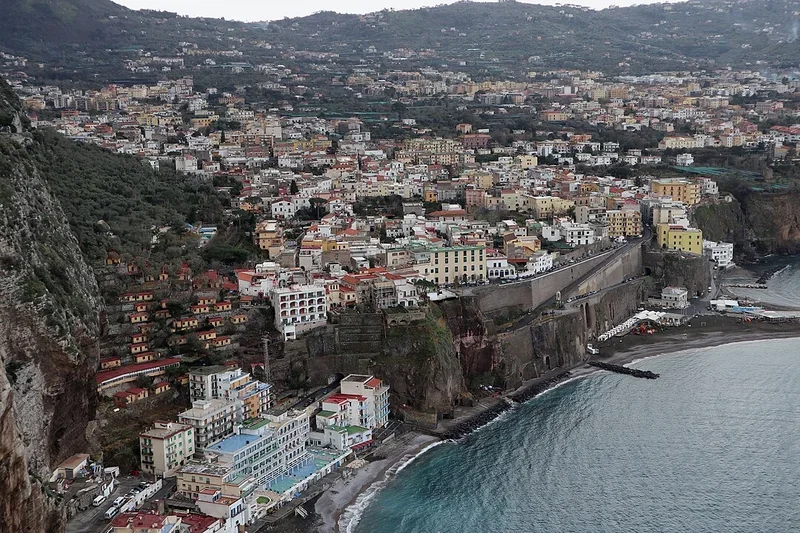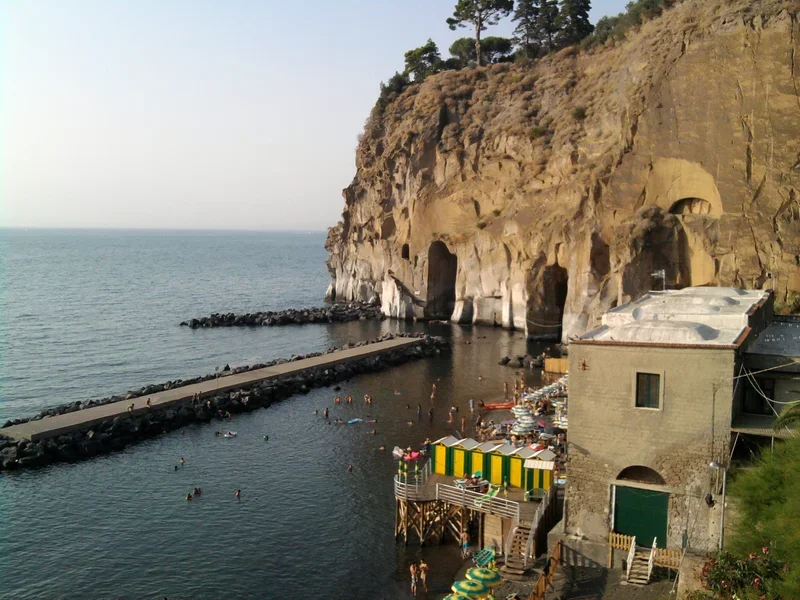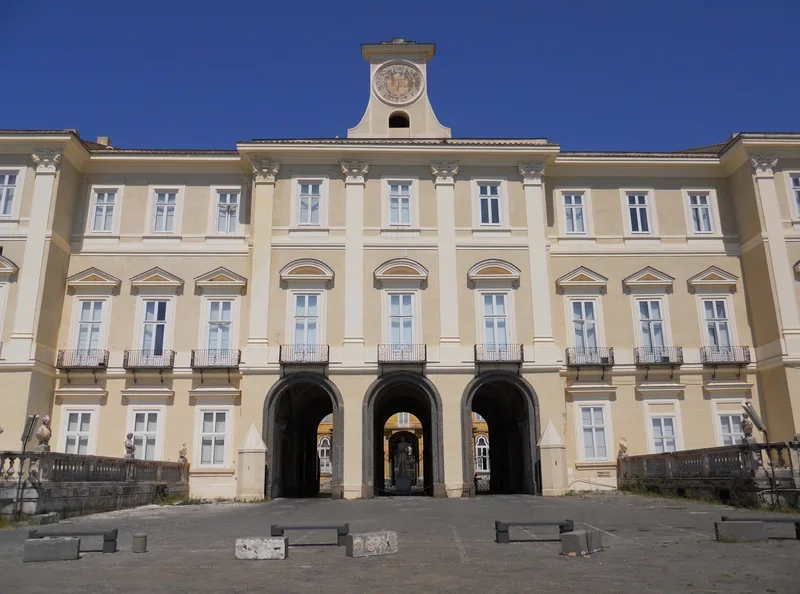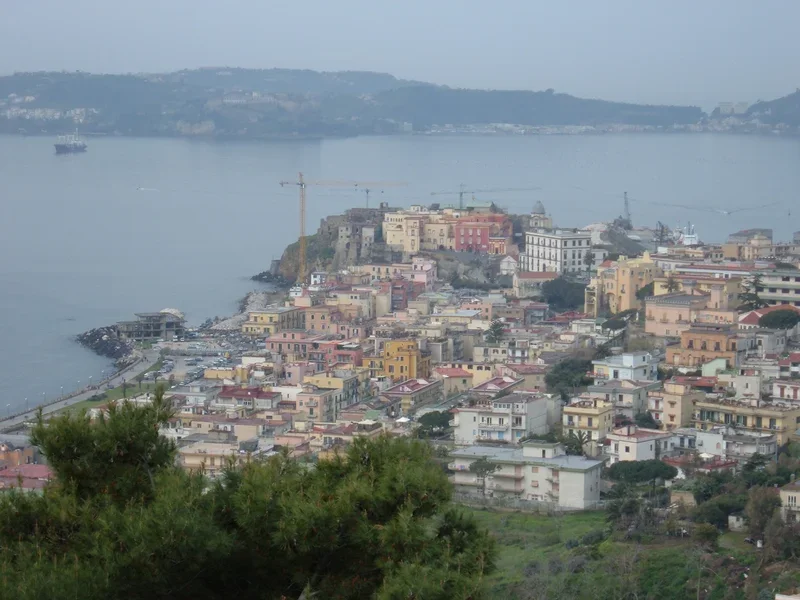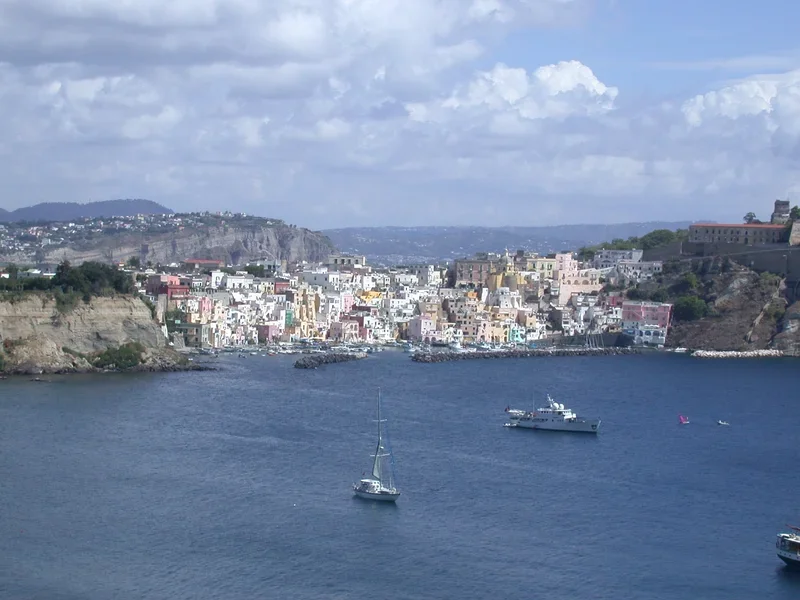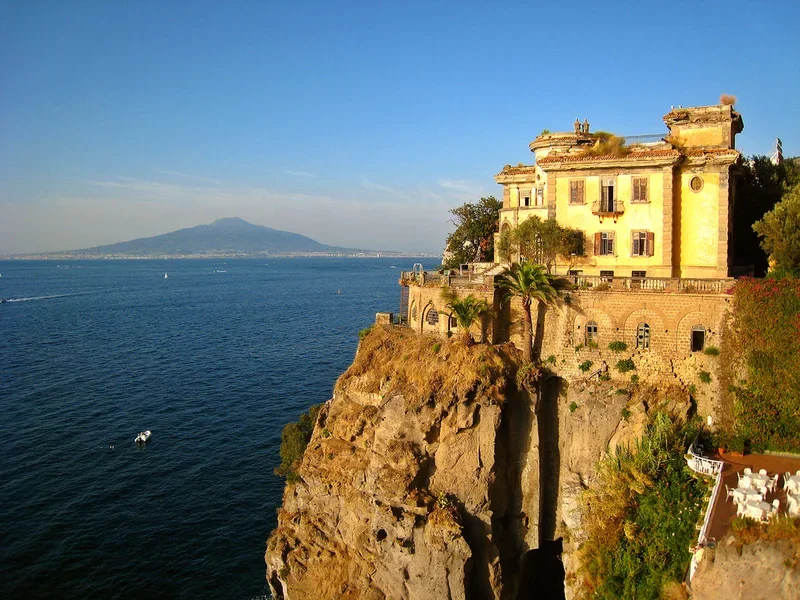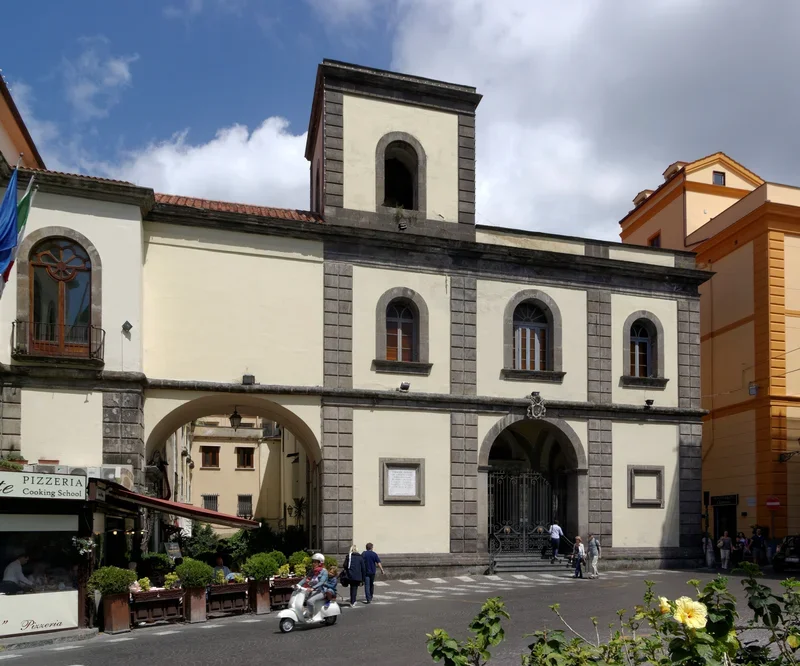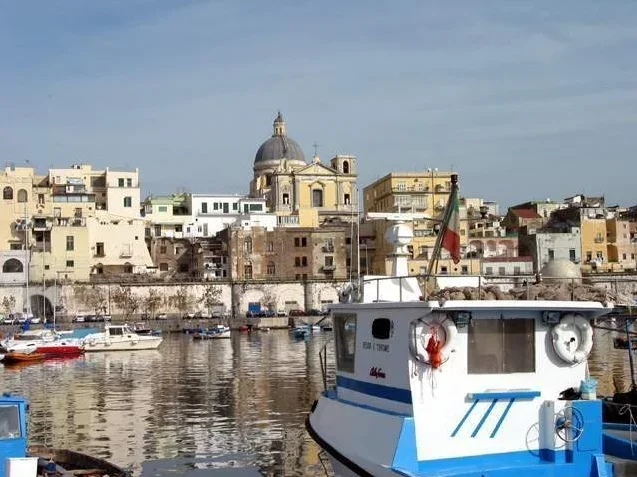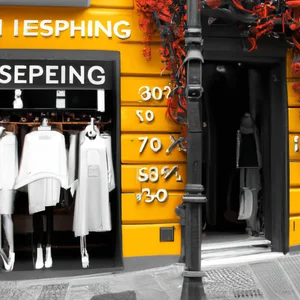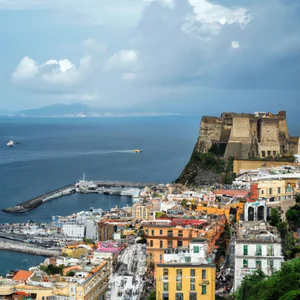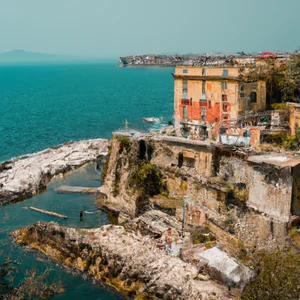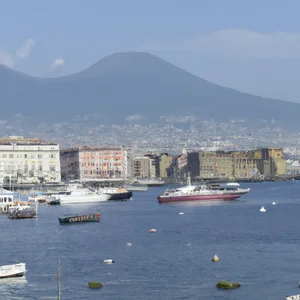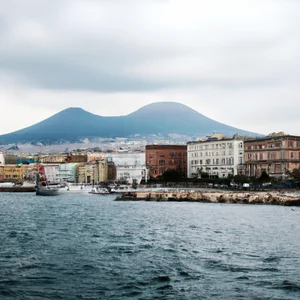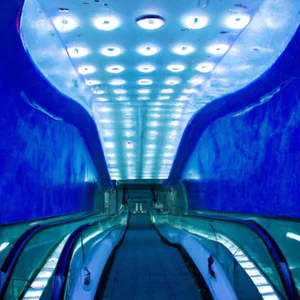Book your experience
Discover Naples: An exciting tour among the eight most beautiful fountains in the city
Naples, one of the most fascinating cities in Italy, is a kaleidoscope of history, culture and artistic beauty. Among its lesser-known, but no less fascinating, treasures are the fountains, silent witnesses of the daily life and centuries-old history of this metropolis. The fountains of Naples are not just works of art: they are places of meeting, reflection and discovery, which tell stories of kings, nobles and commoners. Each has a unique character, reflecting the various architectural styles and cultural influences that have shaped the city over the centuries.
In this article, we invite you to embark on an exciting tour of the eight most beautiful fountains in Naples. We will start from the majestic Neptune Fountain, a symbol of power and beauty, and then discover lesser-known but equally enchanting fountains, such as the Artichoke Fountain, which captures the attention of passers-by with its original design. Each fountain we explore is a work of art in its own right, with stories and legends surrounding it.
From the elegant lines of the Spinacorona Fountain, which stands in the heart of the historic center, to the Formiello Fountain, immersed in an atmosphere of mystery, each stop will lead us to discover a different aspect of Neapolitan culture. We will conclude our journey with the Mermaid Fountain, which seems to guard the secrets of the sea and its creatures. Prepare to be enchanted by the beauty of Naples, as we immerse ourselves in a journey through these extraordinary water works that tell the story of a vibrant city full of life.
Fountain of Neptune
The Fountain of Neptune is one of the most famous fountains in Naples. Located in Piazza Municipio, in front of Palazzo San Giacomo, the fountain represents the god Neptune, god of the sea according to Roman mythology. Created in 1601 by Michelangelo Naccherino, the fountain features a statue of Neptune in the center, surrounded by mythological figures and sea creatures. The fountain is a true artistic masterpiece and an important landmark in the city of Naples.
The Neptune Fountain has been restored several times over the centuries to preserve its beauty and historical value. Today it is considered one of the symbols of the city of Naples and a much visited place of tourist interest. Its central location, near the port and the historic center, makes it easily accessible to tourists and residents.
The Neptune Fountain is surrounded by several historic buildings and monuments, making the square an evocative and fascinating place to visit. During the night, the fountain is illuminated, creating a magical and evocative atmosphere. You can admire the fountain from different angles and take photos to immortalize its beauty.
If you visit Naples, you can't miss the Fountain of Neptune. It is a place rich in history, art and culture, which will allow you to immerse yourself in the unique atmosphere of this fascinating city. Enjoy the view of the fountain, admire the details of the sculptures and be enchanted by its timeless beauty.
Artichoke Fountain
Description
The Artichoke Fountain is one of the most characteristic fountains in Naples, located in the heart of the historic center of the city. It is located at the crossroads between via San Biagio dei Librai and via Benedetto Croce, near the famous Pignasecca market. The fountain takes its name from its particular artichoke shape, with sculpted leaves that open around the central stem.
History
The Artichoke Fountain dates back to the 16th century and was designed by the architect Domenico Fontana, famous for his works in the city. It was initially located inside a private garden, but over the centuries it was moved several times until it reached its current position. Over the centuries, the fountain has been restored several times to preserve its beauty and historical value.
Features
The Artichoke Fountain is made of white marble and has a circular base on which the artichoke-shaped stem stands. The leaves around the stem are richly decorated with baroque and allegorical motifs, which represent the artistic and cultural richness of the period in which it was made. The fountain is powered by a water system that allows the water to flow through the leaves and create a suggestive visual effect.
Fontana della Spinacorona
Description
The Spinacorona Fountain is one of the most evocative fountains in Naples, located in the heart of the historic center, precisely in Piazza del Gesù Nuovo. Dating back to the 16th century, this fountain has a structure composed of a central basin supported by a base decorated with floral motifs and four corner columns. In the center of the basin stands a statue depicting a crown of thorns, from which the name "Spinacorona" derives.
History
The Spinacorona Fountain was commissioned by the viceroy of Naples, Don Pedro Alvarez de Toledo, in 1600, with the aim of decorating the square in front of the Church of Gesù Nuovo. The work was created by the architect Domenico Fontana, who took inspiration from the Baroque tradition for its creation.
The fountain has undergone several restoration interventions over the centuries, but has kept its beauty and charm intact. Today it is considered one of the symbols of the artistic and cultural heritage of Naples, and attracts numerous tourists and visitors who want to admire its majesty and elegance.
Curiosities
The Spinacorona Fountain is often used as a backdrop for photographic shots and as a location for cultural events and artistic displays. During the Christmas holidays, the fountain is decorated with lights and decorations, creating a magical and evocative atmosphere that involves residents and tourists.
Sebeto Fountain
Description
The Sebeto Fountain is one of the oldest fountains in Naples, located in the Sanità district. Dating back to the 17th century, this fountain has a white marble structure and represents an important point of reference for the history and culture of the city.
History
The Sebeto Fountain was commissioned by the Spanish viceroy Don Pedro Alvarez de Toledo in 1629 and was built by the architect Giovanni da Nola. The name "Sebeto" comes from the Sebeto River, which once flowed near the fountain and has now been covered.
The fountain was originally located at the intersection between the road leading to Capodimonte and the Via dei Vergini, but over the centuries it has been moved several times for urban planning and traffic reasons.
Curiosities
The Sebeto Fountain is famous for its rectangular basin shape with four lateral basins, decorated with sculptures of dolphins and tritons. In the center of the fountain stands a statue of Neptune on horseback, symbol of the city's maritime power.
The fountain has been restored several times over the centuries, but still retains its original charm and represents an icon of Baroque Naples.
Giant's Fountain
Description
The Giant's Fountain is one of the most evocative fountains in Naples, located in the heart of the historic center, precisely in Piazza del Plebiscito. Built in the 16th century, this fountain represents a giant holding a vase from whose mouth water flows. The statue of the giant is six meters high and is made of lava stone from Vesuvius.
History
The Giant's Fountain was commissioned by the Spanish viceroy Pedro Alvarez de Toledo in 1601 and represents one of the symbols of Baroque Naples. Originally, the fountain was located in Piazza San Domenico Maggiore, but in 1810 it was moved to its current location in Piazza del Plebiscito.
Curiosity: Legend has it that the giant depicted in the fountain represents the baker who, according to a popular legend, stole grain from Queen Margaret of Savoy during a famine. The queen then had him killed and transformed into a stone statue, which was then used to make the fountain.
Visit
The Giant's Fountain is a work of art not to be missed during a visit to Naples. Admiring this fountain allows you to immerse yourself in the history and art of the city, as well as enjoying a suggestive view of the majestic Piazza del Plebiscito. During sunny days, the water flowing from the giant's mouth creates water features that enchant visitors.
Fontana del Monteoliveto
Description
The Monteoliveto Fountain is one of the historic fountains of Naples, located in the San Ferdinando district. Built in the 17th century, this fountain represents an important architectural and artistic element of the city.
Features
The Monteoliveto Fountain presents an imposing and richly decorated structure, with sculptures and bas-reliefs representing mythological and allegorical scenes. In the center of the fountain there is a statue of a mountain with an olive tree, a symbol of peace and prosperity.
Curiosities
The Monteoliveto Fountain has been restored several times over the centuries, but has retained its original beauty and charm. Today it is one of the most evocative places in Naples, where tourists can admire the art and history of the city.
Duchess Fountain
Description
The Duchess Fountain is one of the historic fountains of Naples, located in the Chiaia district. Dating back to the 18th century, this fountain represents an important point of reference in the area and a symbol of Neapolitan baroque culture and art.
History
The Duchess Fountain was commissioned by a local nobleman to celebrate his daughter's wedding to an important duke. Made by skilled craftsmen of the time, the fountain features artistic details and decorations that make it a true masterpiece of Neapolitan baroque architecture.
Features
The fountain is made up of a series of overlapping basins, decorated with sculptures of sea creatures and flowers. In the center of the fountain stands a statue of a duchess, from whom it takes its name, holding a basket of fruit and flowers. The water flows from the mouths of lions and dolphins, creating a suggestive play of water and sounds that contributes to making the atmosphere magical and evocative.
The Duchess Fountain is an ideal place for a pleasant walk, to admire the art and history of Naples and to take a refreshing break during a day of sightseeing in the city.
Formiello Fountain
The Formiello Fountain is one of the historic fountains of Naples, located in the San Lorenzo district. Built in the 16th century, it has been restored several times over the centuries and is an important landmark in the area.
The fountain has a stone structure with a large central basin from which the water flows. Its particularity is given by the presence of a sculpture depicting a "formiello", a popular character of the Neapolitan tradition, who holds an urn from which water comes out.
The Formiello Fountain has long been used as a source of water supply for the residents of the neighborhood, but today it is mainly a point of tourist interest and a meeting place for citizens.
The fountain is surrounded by historic buildings and a small square where cultural events and folkloristic events often take place. During local holidays, the Formiello Fountain becomes the focal point of the celebrations, with music and dance performances involving residents and tourists.
The Formiello Fountain is a symbol of Naples and its rich artistic and cultural tradition. Visiting this fountain means immersing yourself in the history of the city and discovering one of the most evocative and authentic corners of Naples.
Fontana di Santa Lucia
The Fountain of Santa Lucia is one of the oldest and most characteristic fountains in Naples, located in the San Ferdinando district, near the seafront. The fountain takes its name from the nearby church of Santa Lucia al Monte, built in the 14th century and dedicated to the saint protector of the eyes.
The fountain, dating back to the 17th century, is composed of a rectangular piperno basin decorated with baroque motifs, in the center of which stands a statue of Saint Lucia in white marble. The saint is depicted with her eyes in her hand, symbol of her miraculous recovery from blindness.
The Fountain of Santa Lucia is a point of reference for Neapolitans and a meeting place for tourists and residents of the neighborhood. During the religious holidays dedicated to the saint, the fountain is adorned with flowers and lights, creating a suggestive and festive atmosphere.
The Santa Lucia fountain is also linked to a popular tradition according to which whoever pours a coin into the water of the fountain will be able to return to Naples. This gesture brings luck and good omen, and many visitors do not fail to do it during their visit to the fountain.
The Fountain of Santa Lucia therefore represents a symbol of devotion and tradition for the city of Naples, and continues to be a place of great historical and cultural importance for the local community.

